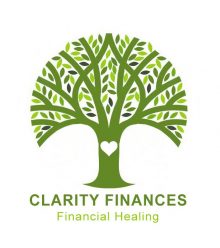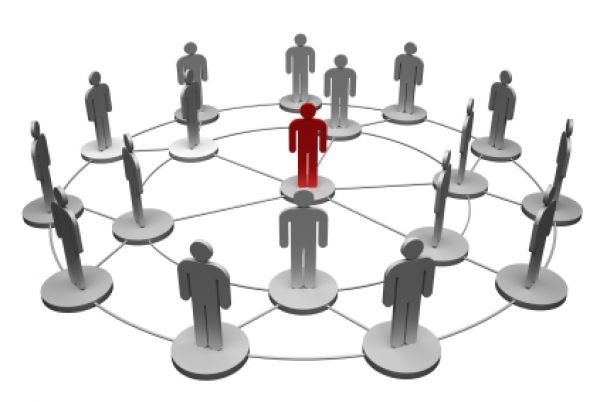As I have written about in previous blog posts, I attend a lot of conferences and events throughout the year. I come away from each experience inspired, informed and with a few more connections. My most recent conference was this past weekend focused on just that: connections. Ignite Your Business, a course offered by Asentiv, is designed to help you make more money by growing your business through referrals.
Asentiv was founded in 2002, then known as the Referral Institute. According to their website, Asentiv “focuses on coaching, consulting and engagement necessary for every entrepreneur to attain their vision of an Amazing Business and Spectacular Life.” Other services offered by Asentiv include assistance in marketing, public speaking, coaching and leadership. I discovered Asentiv through my local chapter of BNI (Business Networkers International) and while many of my fellow attendees were members of BNI, it was not necessary to be a member of BNI to attend the event.
The event that I attended this past weekend focused on Referral Marketing. Referral marketing is based on collaboration. This is done by building relationships with other entrepreneurs that go beyond business.
A good example of referral marketing is the study discussed in this article by Forbes. It talks about a study in which customers of one of the leading banks in Germany were offered 25 euros to refer a friend to the bank. If this is starting to make you think of word of mouth marketing, you would be correct. The study had two objectives: one was to see if you could turn social capital into economic capital. The second objective was to “find a way to assess the effectiveness of customer referral programs that was easy to implement with data and tools available to many managers.”
Over the course of 33 months, the study found that referred customers generated higher margins than other customers, although the difference eroded over time and eventually the difference was zero after 1,000 days. The study pointed out that the data reflected what is known as the “better-matching mechanism.” For example, if you are an existing member of the bank you are familiar with its practices. On the other hand, you know your friends better than your bank, so you will only refer those who you feel are the best fit. To explain why the difference eroded over time, the third party (the previous bank customer) was no longer needed as the new client grew more familiar with the bank. According to Christophe Van den Bulte, co-author of the study, this was the first ever published study on financial evaluation of customer referral programs.
That I chose to take a three-day weekend to do this during tax season speaks to how much I value referral marketing and learning how to do it more effectively. What I came away with was well worth the time invested. If you would like to know more about Asentiv, follow this link to their website. Enjoy the weekend!

